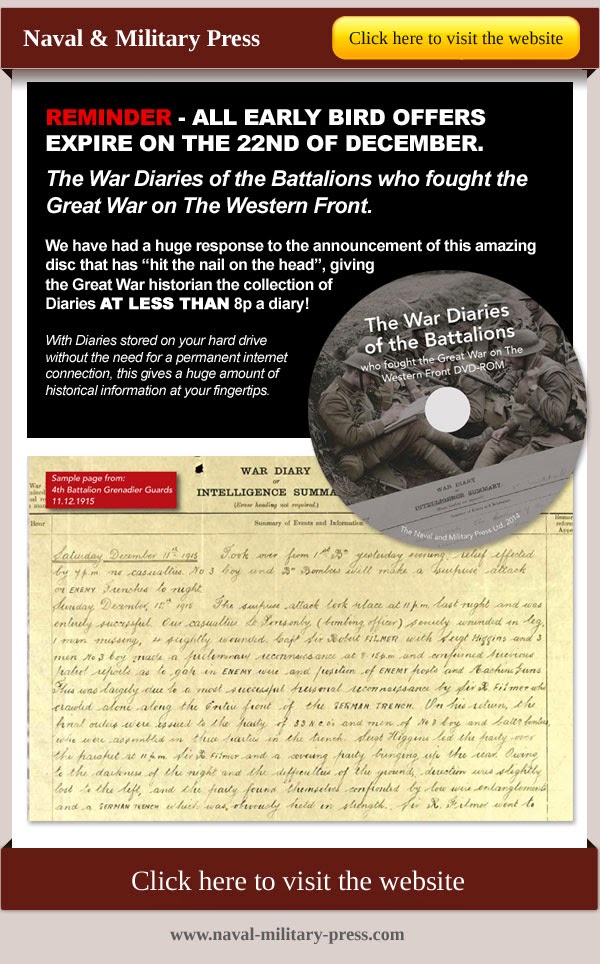This from the ever entertaining late Marquess of Anglesey in volume 7 of his imperious, A history of the British Cavalry 1816-1919.
"The marching order for the trooper was still as it had been in earlier stages of the Boer War - heavy. His average total weight on horseback was about eighteen stone. He wore a stiff-peaked khaki cap, a khaki serge jacket, breeches, known as 'pantaloons', made of khaki cord with leather strapping at the knees, puttees, black ankle boots and spurs. Over his left shoulder he carried a bandolier of ammunition with thirty rounds and a felt-covered water bottle. Over his his right shoulder was slung a haversack 'which bulged with every sort of unauthorized contents and seldom contained knife, fork and spoon, which should have been there but which were usually jauntily tucked into the top fold of his puttee'. Each horse carried round its neck another bandolier with a further sixty rounds of ammunition. The .303 Short Magazine Lee Enfield rifle, the same as carried by the infantry, rested in its leather rifle-bucket on the off-side. By 1905 all cavalry regiments had been issued with it. It had a theoretical range of one and a half miles. The magazine held ten rounds. The German and French equivalents held only five. To the saddle were strapped a flat, round metal mess-tin and a feed-bag with seven pounds of oats. On the near-side were a leather sword-frog (a development of the sabretache) and pouch holding his sword, spare horseshoes, another seven-pound feed bag and a folding canvas bucket. On the saddle's front arch was a pair of leather wallets for small kit with a rolled mackintosh cape over them and on the rear arch a rolled greatcoat. Under the saddle were one blanket for the man and another for the horse.
"The mounted element of the BEF which crossed the Channel during the hot, almost windless days of mid-August 1914, consisted of 9,269 of all ranks, with some 9,815 horses; eighteen cavalry regiments in all. The Cavalry Division was made up of the 1st, 2nd, 3rd and 4th Cavalry Brigades, each with three regular regiments (including, in 4th Brigade, the Household Cavalry Composite Regiment). The 5th Cavalry Brigade was to act as an independent formation. Some idea of the division's size is given by the fact that on the march it covered eleven and a half miles."
The image on this post, courtesy of Wikipedia, shows a squadron from the 1st Life Guards in August 1914 preparing to leave for France.
Update
After posting this link on Twitter, I received some interesting responses from individuals whose opinions I respect, stating that whilst the marching order for troopers later in the war may have included the accoutrements stated above, this certainly wasn't typical of cavalry embarking for France in 1914. Contemporary photographs that I have seen of cavalry in 1914 (including the photograph on this post) certainly support this.








